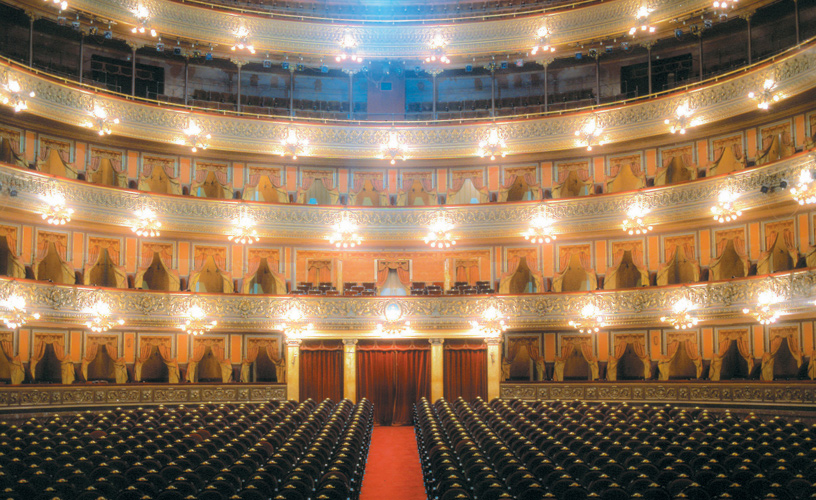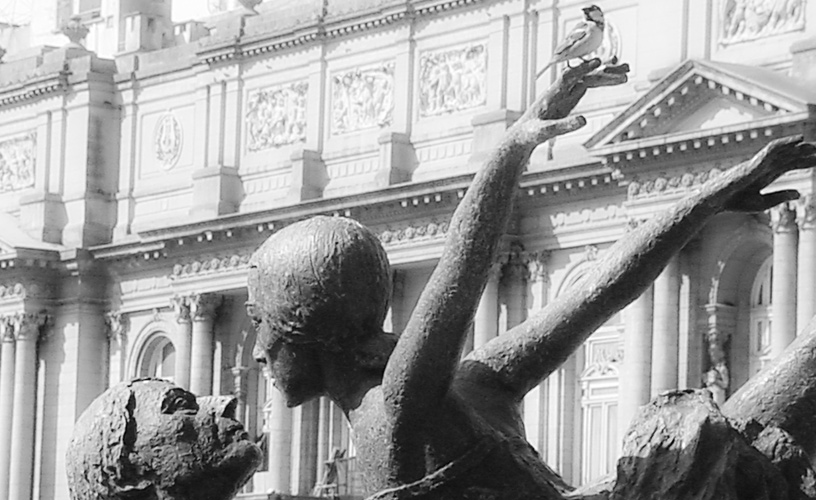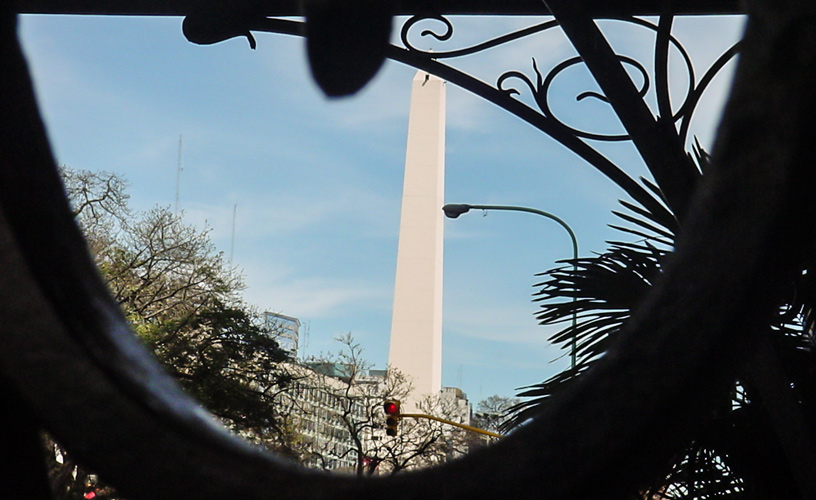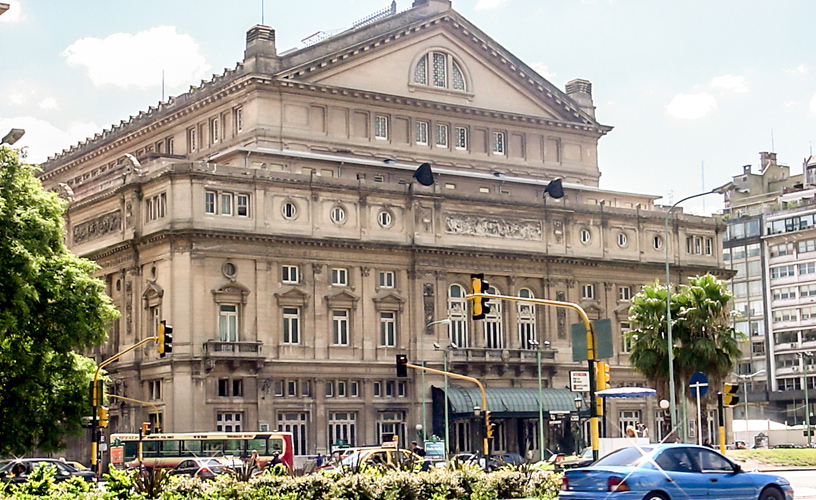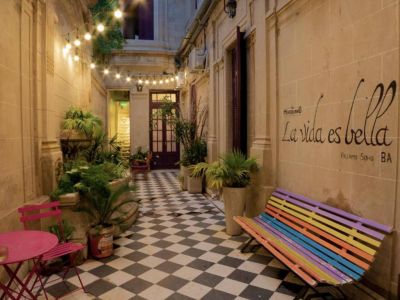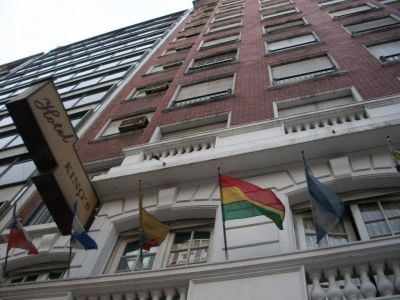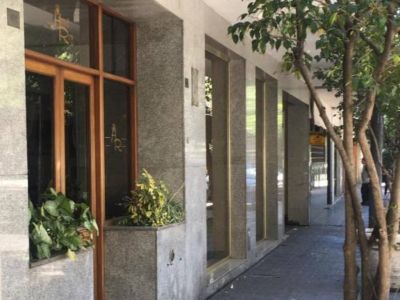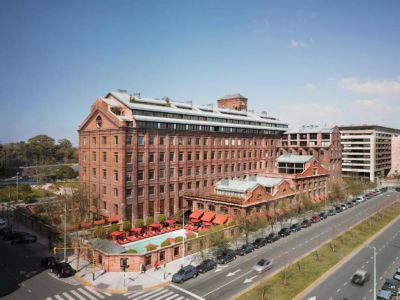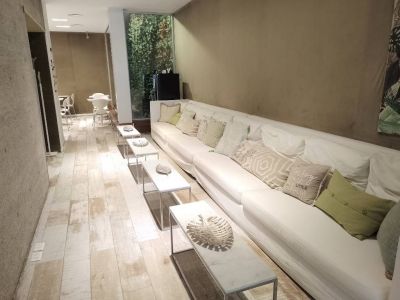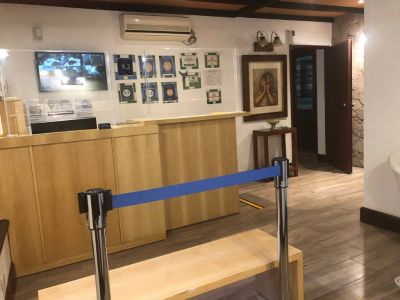In the late XIX century, Argentina wished to have its own odeum and dedicate it to the best opera in the world. For years, a theater with these features operated opposite Mayo Square, where the headquarters of Banco de la Nación stand at present.
But with the purpose to build a larger building, the municipal authorities of the City of Buenos Aires accepted the proposal made by Italian architect Francisco Tamburini to inaugurate a new theater on the four-hundredth anniversary of the discovery of America.
Nevertheless, the undertaking would be neither fast nor easy. The majesty searched was not usual in these lands. The colossus these men wished to build should be the talk of town, even for the coming generations. The works took fifteen years. Tamburini passed away during this period and so did the second architect in charge of this task, Víctor Meano, who was murdered in 1904. It was then that Julio Dormal took charge of the project.
The Colón Theater
Inauguration Day
Finally, on May 25, 1908, the monumental building surrounded by Libertad, Tucumán, Cerrito and Viamonte Streets was finished.
The Colón Theater is considered one of the main lyric theaters in the world, along with La Scala in Milan, the Paris Opéra, the New York Metropolitan, the Bolshoi Theater in Moscow and the Munich National Theater.
The main access to the Colón Theater is located on Libertad Street and the building can seat 2,500 people. However, the refurbishing works that are being carried out would raise that figure to 3,000.
The main rooms include the Colón Theater History Museum, the Library, the Instruments Museum, the Busts Hall and the Golden Office, just like all the buildings raised in those days.
The great concerts are presented in the Main Hall, which features the marvelous dome frescos painted by Raúl Soldi. The orchestra pit can accommodate up to 120 musicians and it has five elevators to raise it at the level required by the performance.
The impressive chandelier that hangs from the hall ceiling weighs over two tons and has around 700 lamps. On the other hand, the revolving stage dates back from 1931 and is 35 meters wide and 34 meters deep.
Yesterday and Today, and What May Come
Ever since the staging of Aída, Verdi’s opera, which inaugurated the activities of the Colón Theater, various figures performed on this prodigious stage. Dance and ballet artists played their roles here and not only did they leave a long-lasting mark but also found in most cases the top roof of their careers thanks to the theater. Celebrities like Arturo Toscanini, Enrico Caruso and Titta Rufo, Richard Strauss and Arthur Nikisch, Lily Pons, Igor Stravinsky, María Callas and Maia Plissetskaya, to name a few, have accounted for what the Colón represented.
Luciano Pavarotti, considered by many as the greatest tenor in history, said about the theater: “…it has a very big defect, its acoustic is simply perfect. Imagine what that means for a singer: if one makes a mistake, it is noticed immediately …”
Plácido Domingo, another great tenor of the XX century, reviewed: “…what has impressed me most about the Colón Theater has always been its orchestra and its choir, as well as the wonderful workshops that work out any problem in a matter of minutes. The Colón is a marvelous theater, I would say it cannot be compared to any other theater in the world, because in addition to its artistic history, only masterpieces have been presented in its stage ever since its inauguration”.
The official Colón Theater website (www.teatrocolon.org.ar) gives an idea of the history of this house of culture. The importance and quality of this theater in its first century of life is summarized at first sight by some names of the people who have visited it.
Pablo Etchevers
Pablo Etchevers
Contact of the excursion or tour
Teatro Colón
Tucumán 1171, Ciudad de Buenos Aires, Ciudad de Buenos Aires, Agentina
Phone: +54 11-43787131
